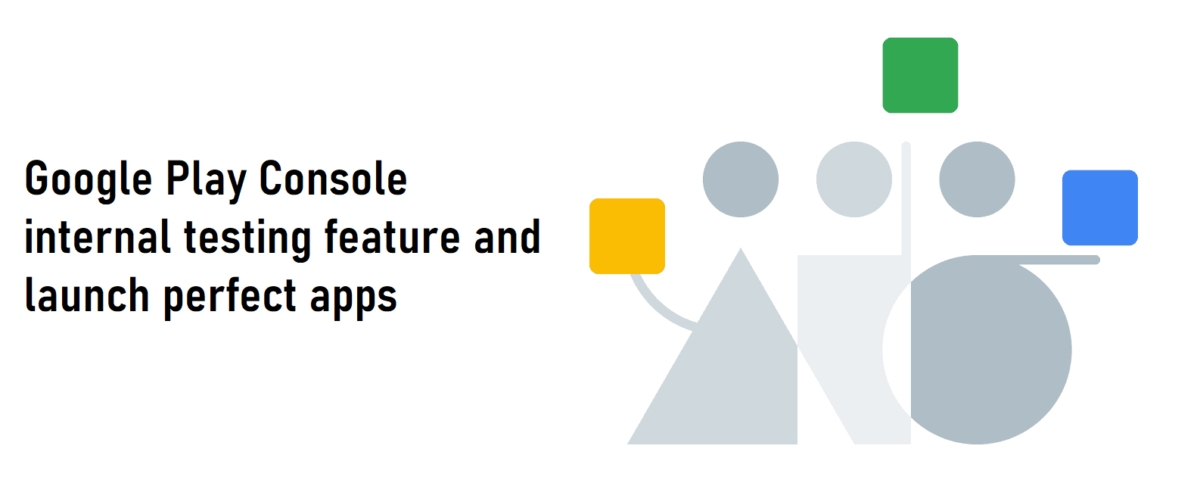
Self-care and work-life balance: How to take care of yourself?
9th June 2023
5 Common Server Vulnerabilities with Node.js
21st June 2023The number of apps and app users is increasing in leaps and bounds every day. The Google Play Store alone hosts more than 2 million apps, making it the largest app store.
More and more businesses are willing to enter the app market and turn their website into APKs. As a result, many DIY WooCommerce Android app makers and iOS app builders have emerged in the market.
It has become easier to create your own apps, test, and launch it on the app stores using specific tools and features. Today, we will be discussing one such feature that was launched by Google recently.
So, stay tuned and discover all about the internal testing feature of the Google Play Console. Learn to leverage it to the fullest and launch the perfect apps for your customers.
Difference between internal, closed, and open testing methods
Testing your mobile app is a crucial step towards launching the perfect apps for your users and consumers. It enables you to fix errors and issues and offer a flawless experience to your users.
To know more about mobile app testing, you can go through the blog suggested above. Today, we will stick to discovering the nuances of the internal testing feature by Google Play.
However, let us first discover a little something about the various testing tracks and features offered by the Google Play Console. This includes:
#1: Internal Testing
This is a very intimate technique of testing. The app is distributed between immediate resources who test the app for issues, bugs and flaws. This is an important step towards quality assurance and can be done by your group of employees and aides.
#2: Closed Testing
Closed-testing feature is used to test pre-release versions of the app with a larger group of testers as compared to internal testing. This may go beyond your group of employees or trusted users and extend to other reliable users.
#3: Open Testing
This is the final and the most extended form of app testing as anyone can join the testing program and submit feedback. You can run the test with a large group of people and surface the app’s test version on Google Play.
An introduction to the Google Play Console internal testing feature
Google Play Console has evolved a lot since its launch. Ever emerging new and helpful tools by Google are making it easier for developers and app owners to launch and manage their own Android apps.
The internal testing feature is yet another feather on its cap that takes the testing mechanism several notches up. It enables you to quickly distribute the app build to a small set of trusted testers.
This track is much faster as compared to open and closed tracks. The newly published APK or app bundle becomes available to the testers within minutes. You can add up to 100 testers per app, keeping the following factors in mind:
- You can add a tester from any country irrespective of your app’s location-wise availability.
- Testers will need to pay the app installation fees for testing paid apps unless using the internal track or added to license testers list
Uses & Advantages
Testing your app internally can have multiple advantages. Some of the most outstanding and notable benefits include:
- Share the first-hand experience of the app
- Rectifying flaws within the immediate circle
- Prepare the app for open and closed testing
- Save time on other testing tracks
- Collect feedback that does not affect the app rating
Step by step guide to leverage the internal testing feature
Follow our step-wise guide and leverage the internal testing feature to the fullest:
#1: Garner the essentials
Before you start the testing process, create a checklist, and ensure that you are ready to cater to all the requirements. In general, you need to know the following:
- Email: Ensure that all the users have a Google Account (@gmail.com) or a G Suite account to join the test.
- Pricing & Distribution: Go through Google’s specifications about the same. Be sure about your app’s pricing and distribution policies. Any changes made to this page will reflect across all tracks.
- Release: Test your app before releasing it to production. The test link may take a few hours to be available to the testers. The changes may also take a few hours to reflect.
#2: Set up test details
Choose the testing method (in our case it is ‘internal’) and set it up. You can add up to 100 testers per app using their email address for the listing process. Follow the instructions:
a. Create testers list
- Sign in to your Play Console
- Select Settings > Manage testers > Create a list from the left Menu
- Type a name to identify the list of testers
- Add email addresses separated by commas or click Upload CSV.
- Select Create list.
Note: If you use a .CSV file, add each email address on its own line without any commas. If uploading a .CSV file, it can overwrite any email addresses that you have added.
b. Add testers:
- Sign in to your Play Console
- Select the app you want to test
- Select Release management > App releases
- Select ‘Manage internal test’ next to the internal test track
- Expand the ‘Manage testers’ section
- Select ‘Internal test’ next to ‘Choose a testing method’
- In the ‘Users’ section, check the box next to the list you want to use
- Copy the ‘Opt-in URL’ and share it with your testers
- Next to ‘Feedback channel’ add an email address or URL to collect feedback from testers.
- Select Save.
Note: If the ‘Manage testers’ section is empty, make sure you’ve uploaded an APK or app bundle to the internal test track.
Note: Your app’s feedback channel will be shown to users on your tester opt-in page.
#3: Create a release
Once you have set up the app testing details, you can proceed to create a release of the app and roll it out.
#4: Share the app
As discussed above, after creating the test, you get a URL link to your app to share with your testers. However, the opt-in link only shows when an app is ‘Published.’ Apps in ‘Draft’ or ‘Pending publication’ won’t show the opt-in link.
Each tester needs to opt in using the link. Share it with them and brief them if you want to. Once your testers have installed the app, they will be updated to use the test version within a few minutes. Let them initiate the thorough testing process and check the app for issues or bugs.
Website Development Company in Junagadh




